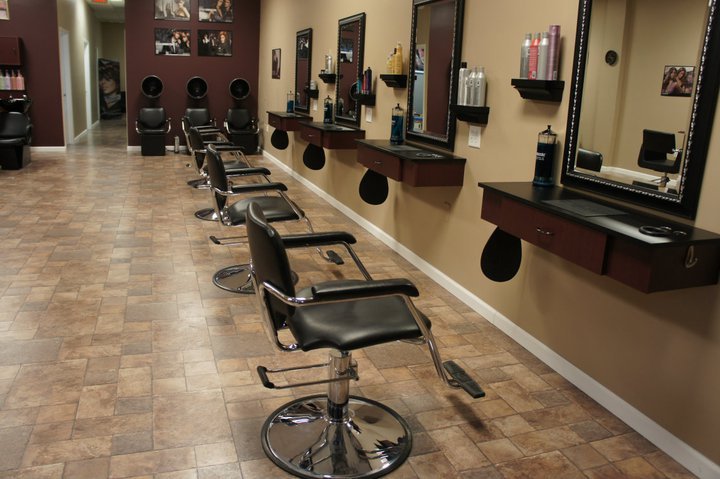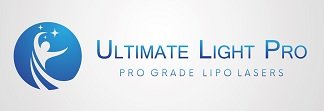The Birth And Evolution Of Light Bed

Light bed therapy, commonly known as phototherapy, is a simple cosmetic technique involving red light. This artificial red light appears to be the same as natural light. The afflicted skin is exposed to this natural-looking red light during the procedure. The red light stimulates the damaged area’s cells.
In hindsight, light bed treatment has been widely employed. Its use originated in 1903 when Niels Ryberg Finsen invented a system to create artificial light. Finsen’s amazing discovery was honoured with a Nobel Prize. The first practical use of phototherapy occurred in a Massachusetts clinic in 1938, when the red light was tried on affected patients and was found to be effective.
In today’s high-tech world of beauty and medicine, light therapy has proven to be one of the most successful businesses. Many medical professionals and specialists now prescribe light bed therapy as one of the finest treatments for various skin diseases. According to research, the global cosmetic goods business will be worth $69 billion by 2025. In 2018, the market for light treatment was valued at USD 811.8 million. This value is predicted to rise at a CAGR of up to 5.1 percent through 2025.
Growth of the Market
As the financial situation has improved and chemical synthesis techniques have changed, light bed treatment has gained much popularity. Market expansion of light bed is driven by factors such as an increase in dermatological issues such as acne, psoriasis, Vulgaris, and wrinkles. Red-light bed therapies have a multitude of uses, which broadens its market. It enables various companies to participate in the industry and research it. Additionally, growing disposable income, growing middle-class, growing population, and improved knowledge of cosmetic goods have boosted the sector. Furthermore, consumers today choose non-invasive treatments.
Light Therapy Market
The light bed or phototherapy industry is continually developing. This market has expanded considerably during the last decade. Customers’ curiosity has been piqued by the diverse range of applications phototherapy has in the domains of the following:
1. Health
2. Sports
3. Fitness
4. Cosmetics
5. Healthcare
Another type of usage diversification is the range of settings in which light treatment can be employed, which includes:

Beauty Shops and Salons

Aesthetics and Clinics

Everyday Households

Hospitals
According to data, dermatology clinics earned more than 58.42 per cent of their revenue in 2019.
Similarly, most individuals opt to purchase light beds for regular use. There is a massive increase in the phototherapy industry as consumers buy it more frequently than before. The flexibility of its use contributes significantly to the hefty market price of domestic usage of light bed cures, which was predicted to be $495 million during 2018.
North America makes up half of the expansion of the phototherapy market, with the phototherapy treatments rising at a rate faster than 4%. The rising prevalence of skin disorders such as melanoma, skin irritations, skin cancers and eczema in North America is spurring the rise of the light treatment industry.
In 2018, the light bed therapy market was worth far beyond USD 175 million. As a result of increased urbanization, demographic shifts, and rising levels of depression and diabetes, the regional development in the cosmetics market is predicted to accelerate, furthering the demand for phototherapy.

It is anticipated that with the Chinese market’s propelling growth in healthcare and cosmetic facilities, the Asia Pacific light bed treatment market will excel in the coming years.

